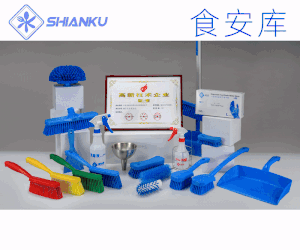食品伙伴網(wǎng)訊 2022年7月1日,據(jù)歐盟食品安全局(EFSA)消息,歐盟食品添加劑和調(diào)味劑小組(FAF)就緩沖醋(buffered vinegar)作為食品添加劑的安全性發(fā)表科學(xué)意見。
經(jīng)過評估,專家小組得出結(jié)論,在建議的最大使用水平下,緩沖醋作為食品添加劑不存在安全問題。部分原文報道如下:
The EFSA Panel on Food Additives and Flavourings (FAF) provides a scientific opinion on the safety of buffered vinegar as a new food additive. Buffered vinegar is a liquid or dried product prepared by adding sodium/potassium hydroxides (E 524 to E 525) and sodium/potassium carbonates (E 500 to E 501) to vinegar, compliant with European Standard EN 13188:2000 and exclusively obtained from an agricultural source origin (except wood/cellulose). The primary constituents of buffered vinegar are acetic acid and its salts. No biological or toxicological data obtained with the proposed food additive were submitted by the applicant as part of the dossier as, following oral ingestion, buffered vinegar dissociates into the acetic anion and acetate a natural constituent of the diet, and of the human body for which extensive data on their biological effects exist and for which EFSA in 2013 has previously concluded that the establishment of an acceptable daily intake (ADI) is not considered necessary. At the proposed maximum/typical use levels, the mean exposure to buffered vinegar from its use as a food additive expressed as acetic acid equivalents ranged from 8.9 mg/kg body weight (bw) per day in infants to 280.3 mg/kg bw per day in children. The 95th percentile of exposure to buffered vinegar ranged from 27.9 mg/kg bw per day in infants to 1,078 mg/kg bw per day in toddlers. The Panel concluded that there is no safety concern for the use of buffered vinegar as a food additive at the proposed maximum/typical use levels. The Panel could not conclude on the safety for the proposed uses at quantum satis as Group I food additive since the resulting exposure could not be estimated.
本文由食品伙伴網(wǎng)食品資訊中心編輯,供網(wǎng)友參考,有任何疑問,請聯(lián)系news@foodmate.net。
相關(guān)政策解讀











 地區(qū):
地區(qū):






 魯公網(wǎng)安備 37060202000128號
魯公網(wǎng)安備 37060202000128號



